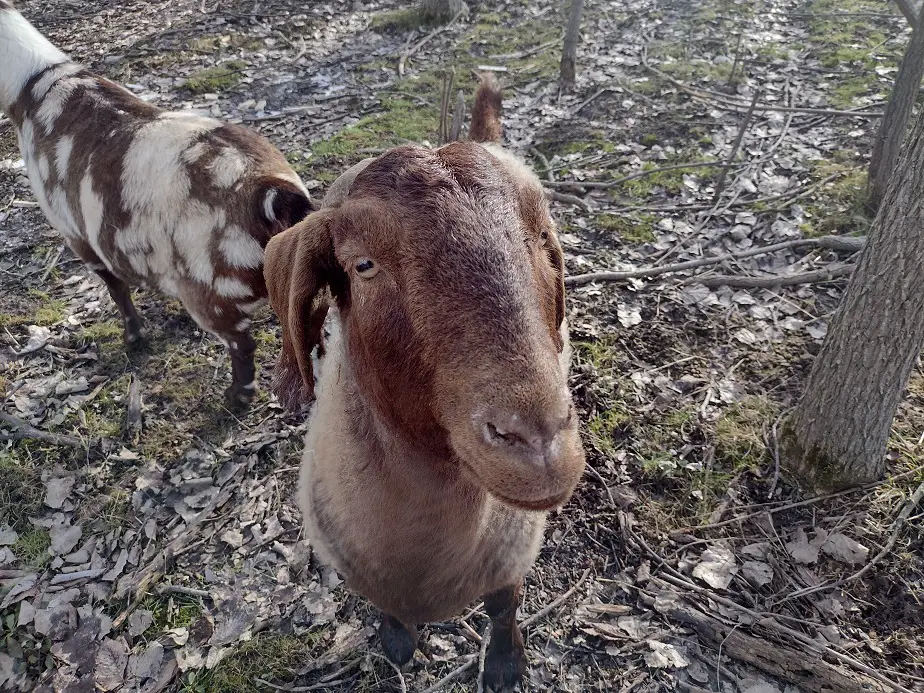How Will Livestock Affect Your Life?
Livestock will take some of your time, energy, and money and convert it to food, peace of mind, and secure resilience. When you have livestock, you may have to decline trips or vacations. You will have days when you hate it and wish you hadn’t started. But, if you start with a plan and a foundation, You and your family will never have been happier or more fulfilled.
The biggest complaint about livestock I hear is that animals tie you down to the land. I can agree to that somewhat because it’s certainly the case. I have twenty-one chickens, nineteen rabbits, and fifteen pigs. If I go away, someone still has to tend to the animals. If I take the day off, my animals may get hungry enough to bust through a fence to get some grass or acorns.
If they don’t get water for a day or two in the summer heat, they’re toast. I have to manage health and illness, dietary needs, cleanliness, and living space for my animals. Farm chores don’t take a day off.
The job of livestock is to eat, grow, and multiply. If you give them what they need and take generally good care of them, they will reward you with the full function of their design. The design of animals is to captivate the mind, lead the regeneration of the earth’s soil, and to provide sustenance for mankind. When you add livestock to your property, you become all the more, a caretaker of the world.
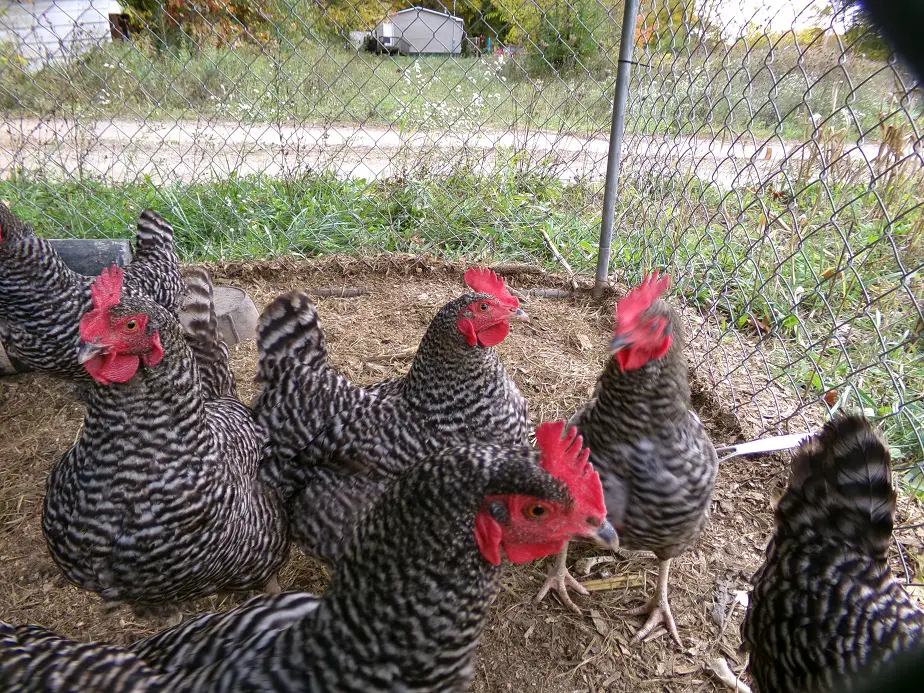
Functions of different Livestock
Livestock break up the soil, recycle waste into fertility, provide meat, and innoculate soil with microbiology. They all do these to varying degrees. For example, chickens tear up soil, but not as much as pigs. Let’s talk about how different animal functions work.
Chickens are the quintessential livestock for the world today. They have three primary functions. Chickens can eat things that you can’t,, they produce meat or eggs, and they make great fertilizer (manure). I can feed a few chickens on the table scraps from an average household. They will convert that waste into both food for me and into a pile of fertility concentrates.
A secondary function of chickens is that they can be used to create compost. I can throw all our scrap paper, cardboard, and other rottable things it the chicken pen and it will soak up manure. When it’s full of poo, I can scrape it up and pile it elsewhere to decompose into gorgeous compost.
Finally, chickens will eventually clear the ground of all weeds and small brush if left there long enough. A chicken pen is a great way to clear weeds and create a garden for next year. As they strep on, peck, and poop on everything, eventually, it all does except for more hardy trees.
Pigs have a similar feed and fertility function, but they also mix the soil. Pigs dig and root through the soil. I can use pigs to go through a giant pile of compostable material and they will mix and churn it, helping it decompose faster. Their digging also allows them to eat root and tuber crops like jerusalem artichoke. They will pull up brush and dig up small trees, killing things much better than chickens. They also leave holes everywhere.
Grazing animals don’t tear up the soil, but they do eat all green things. Early European explorers used cattle to clear out landing areas within the South American jungle. Cows are best at clearing really weedy or brushy land. Goats and horses are next best. They all create decent fertility by-products. But, they also can cause massive soil compaction and can over-graze an area if you let them.
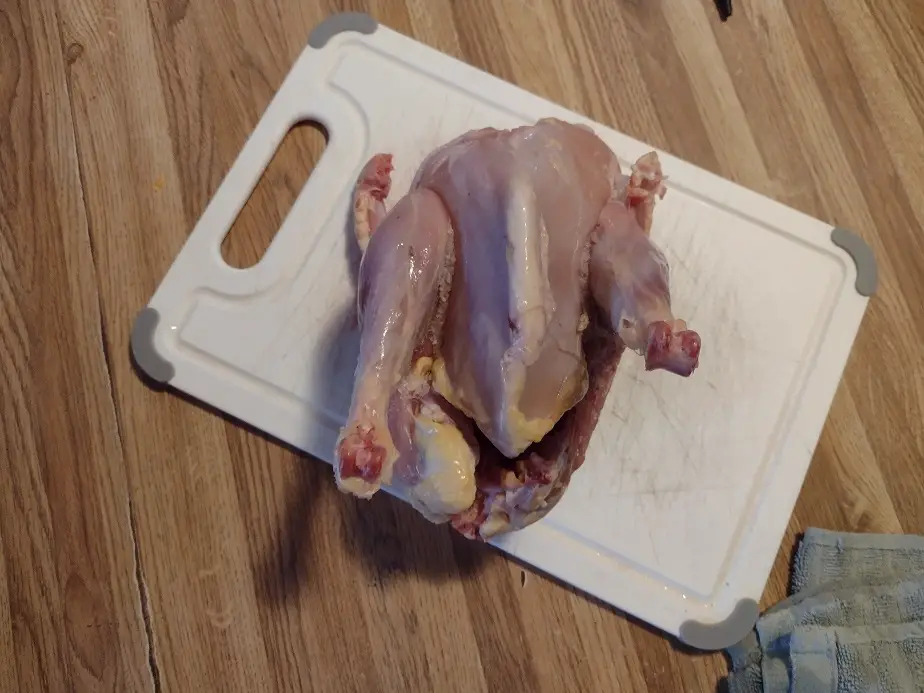
Outputs of Livestock
The outputs of livestock, or things they do for you, are more important than their inputs. When you get an animal, consider what it’s actually doing for you. What do you want? do you want fresh milk, eggs, meat? I should imagine one of those sits atop your list. Remember, every animal also creates a wonderful, fertile manure to power your homestead.
Manure, although overlooked and often giver away, is the most inherently valuable output of any livestock. If you use it properly, it will become the power bank of your garden, pasture, or field operation. And, it doesn’t have to stink. Identify a type of livestock that has the primary output you want, and understand how to manage the secondary output (manure).
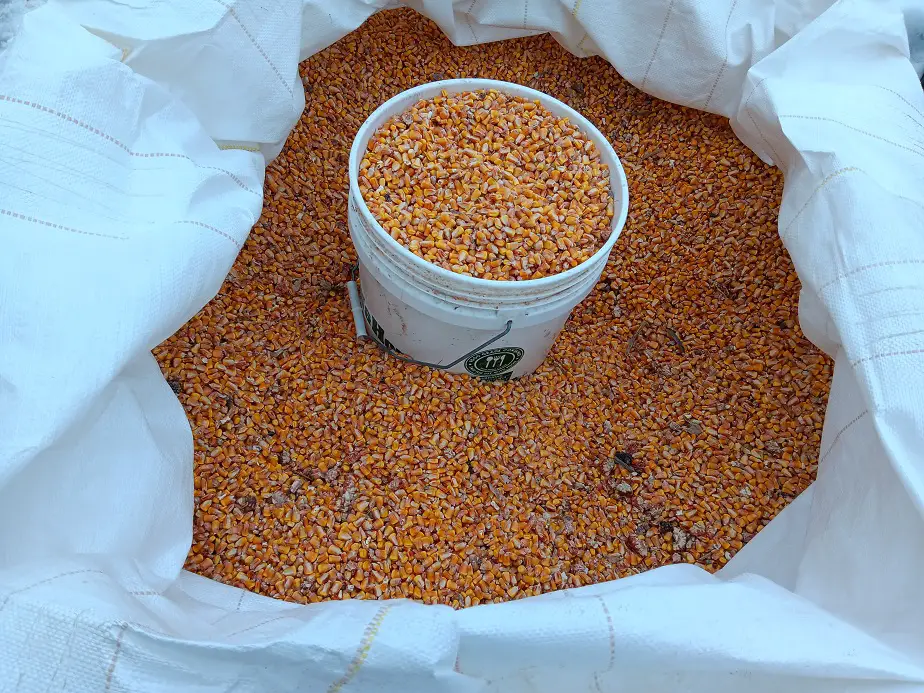
Inputs and Costs of Livestock
Livestock inputs can very easily drown out all the benefits of having animals in the first place. You can spend a fortune on animals for little gain, or you can spend a small amount and get a high rate of return, as we do.
The largest input is usually feed. If you go to the hobby-farm store and buy bags of formulated feed, it’s the most expensive option. You can often buy in bulk from a genuine feed mill for around 25-50% less. You may be able to get the base ingredients even cheaper from a farmer, cut out the middle men. I purchase feed directly from the source, a local farmer. It’s much cheaper.
Alternative feeds are an option that suddenly allows people like myself to enter the discussion. With what I’ve learned about growing, mixing, and sourcing my own feeds, I am able to raise animals for far less than the Walmart price of eggs and meat.
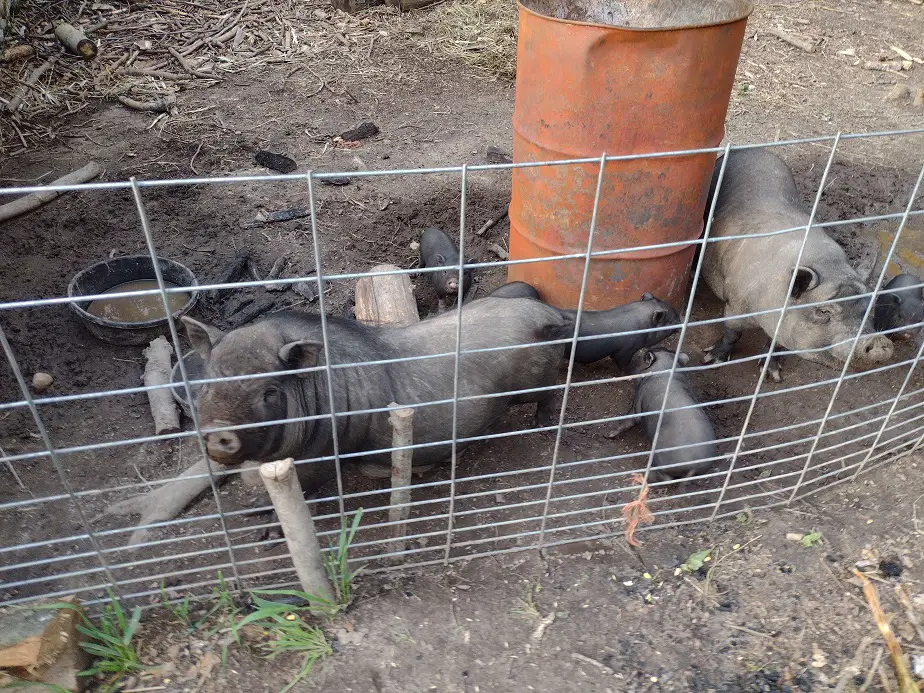
Fencing and Shelters
Firstly, consider housing. What will they live in and how expensive will that be?
I’m making a chicken coop with a fenced-in run to handle 20-25 chickens. It will cost me about $200. My neighbor spent $3,400 on a pre-build shed/coop for 10 hens. I don’t recomend that for most people, but it is in the budget you certainly can.
Decide how much space your animals will need and how much space you want them to have. Calculate the cost to fence it in. Before you do, go ask someone with genuine experience what fencing options are adequate for the animals you want. Also, consider the shelter needs. You should have shelter from the sun, rain, and harsh wind.
Sit down and design a simple shelter that will fit within your budget. You can go as cheap as old pallets to as expensive as a fancy-built cedar shed, or anywhere in between.
Perhaps something crudely built and not too strong will do for now. You can build better later if that’s the option you have at the moment. I will say, you need to have your fencing/shelter/housing all up before getting animals. You will regret the other way around.
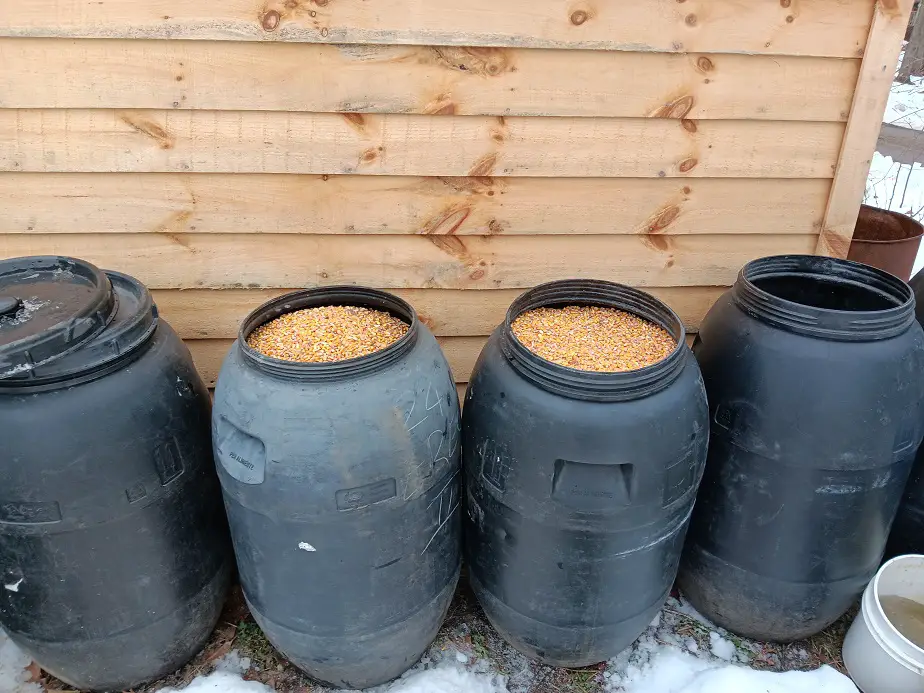
Keeping Your Animals Well-Fed
Feeding too meager or calorie-low of a diet will be devastating to your animals. Before you get livestock, read up and study what they actually need to have in their diet. YouTube is a good place to start. I actually offer consultations for this stuff, and there’s a ton of feed information on this website and on my YouTube channel Homestead Knowhow.
I have a video course on Alternative Animal Feeds and Proper Diets. To access this 25-video course, become a Homestead Partner Member with Homestead Knowhow. It’s $9.99 for each month of access to my course library and includes a free consultation.
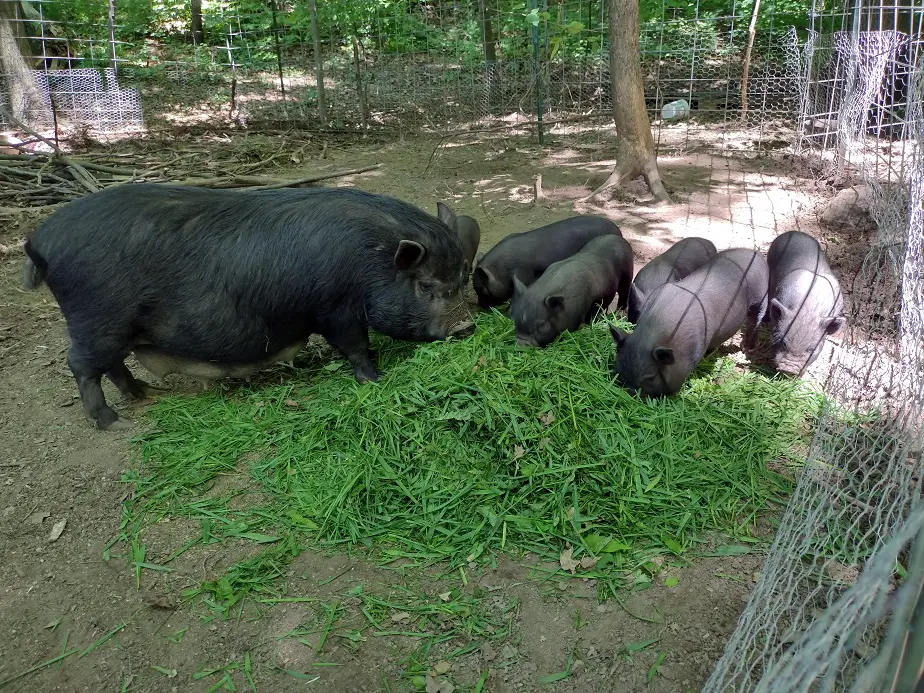
Keeping Animals Healthy
The biggest part of keeping animals healthy is to keep them clean and well-fed. Keep the manure cleaned up, and let them have plenty of fresh air and sunshine. Also, they need fresh, clean food and water. Most animal diseases are either caused or made far worse by a combination of a poor diet and a dirty environment. It lowers their ability to fight disease and infection, and it increases stress.
I have said before that all animal diseases are the side-effect of some sort of stress. I stand by that. Weather, diet, and confinement stress are huge increasers of disease in livestock. Its not normal to have to medicate livestock regularly. I raise a lot of animals and we’ve never needed antibiotics, virus medications, or ever once had an outbreak of worms. Poor conditions create poor, sickly animals.
One last point here. All animals benefit from some fresh vegetation and fresh leafy greens. It’s good for the gut. It helps regulate the bacterial load of the gut microbiome, and that leads to a healthy mental and hormonal response within their instincts. I have been experimenting in particular with Biochar, Mulberry leaf, and Jerusalem artichoke as a super gut-aid for common livestock.

Managing Manure and Environmental Impact
Manure is great for a homestead but it can pose both logistic and legal issues. A farmer in my hometown was fined over a million dollars because his manure pit overflowed into the ditch when it rained heavily. That’s technically changing the native ecosystem and the EPA doesn’t like it. Manure handled improperly will lose most of its fertility to outgassing and to rainwater.
If yu are raised in any level of penning or confinement, manure needs to be collected and either spread on new soil or moved to a collection area. Take into consideration where residue will go during heavy rain. It may or may not be a concern to you. Most homesteaders will not accumulate enough manure to pose a legitimate concern. But, some do.
You may put manure in your garden, but not very well during the growing season, That’s best done before and after growing. In the meantime, don’t store it in an area where it will be unsightly or in the way, or where it may leach around and make a mess. If you add biochar to your animal feed like I do, the manure will have significantly less concern over leaching, runoff, and outgassing. It will hold its fertility compounds much better preventing loss and increasing the value of the finished manure product.
When dealing with lesser amounts, the concern is less environmental as a whole and more on preserving the fertility value in the manure.
That is the most basic yet comprehensive starting point I can give you in a single page. For more information, check out my YouTube channel, Homestead Knowhow, and read through the Articles below.
Related Articles:

